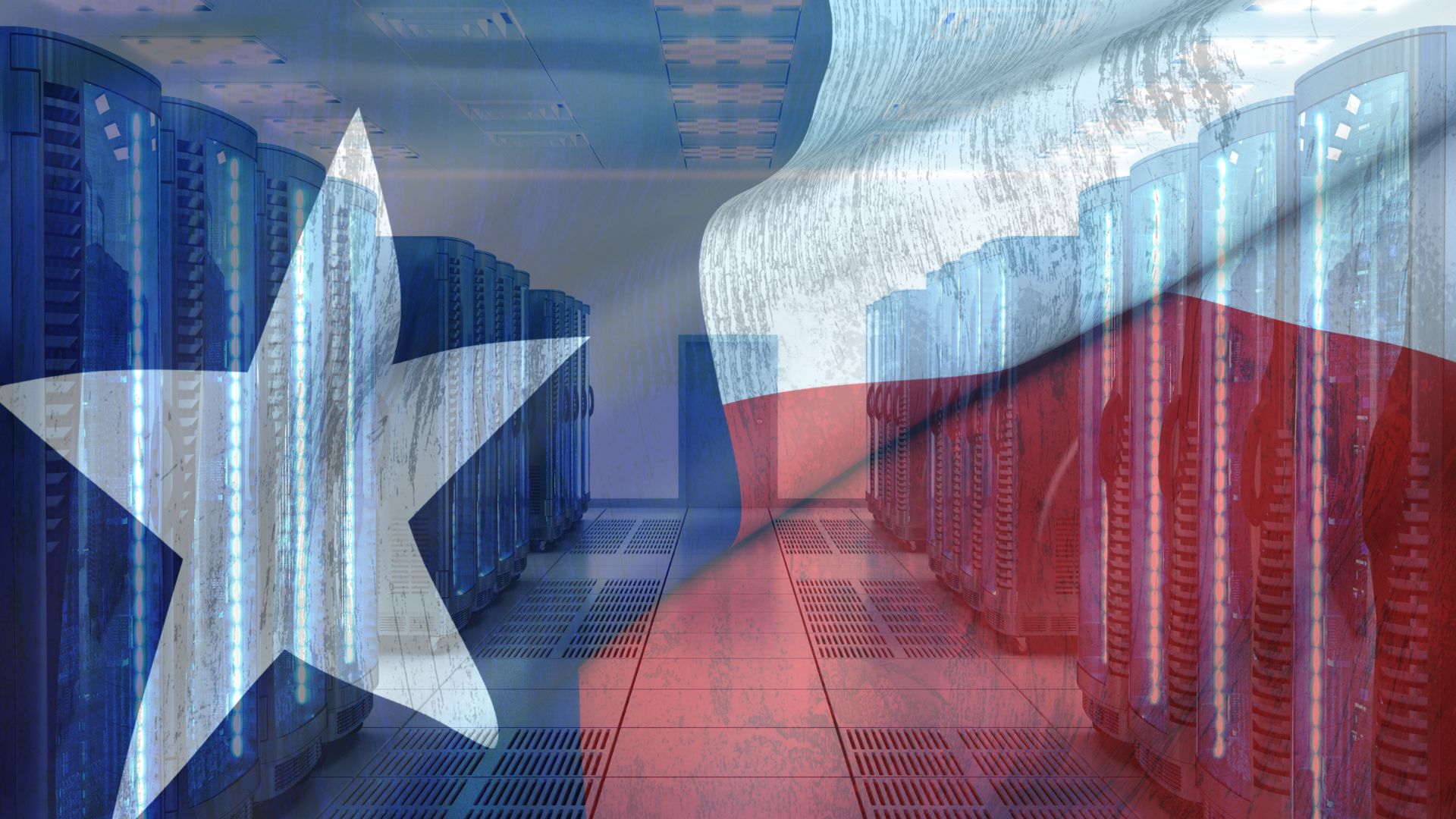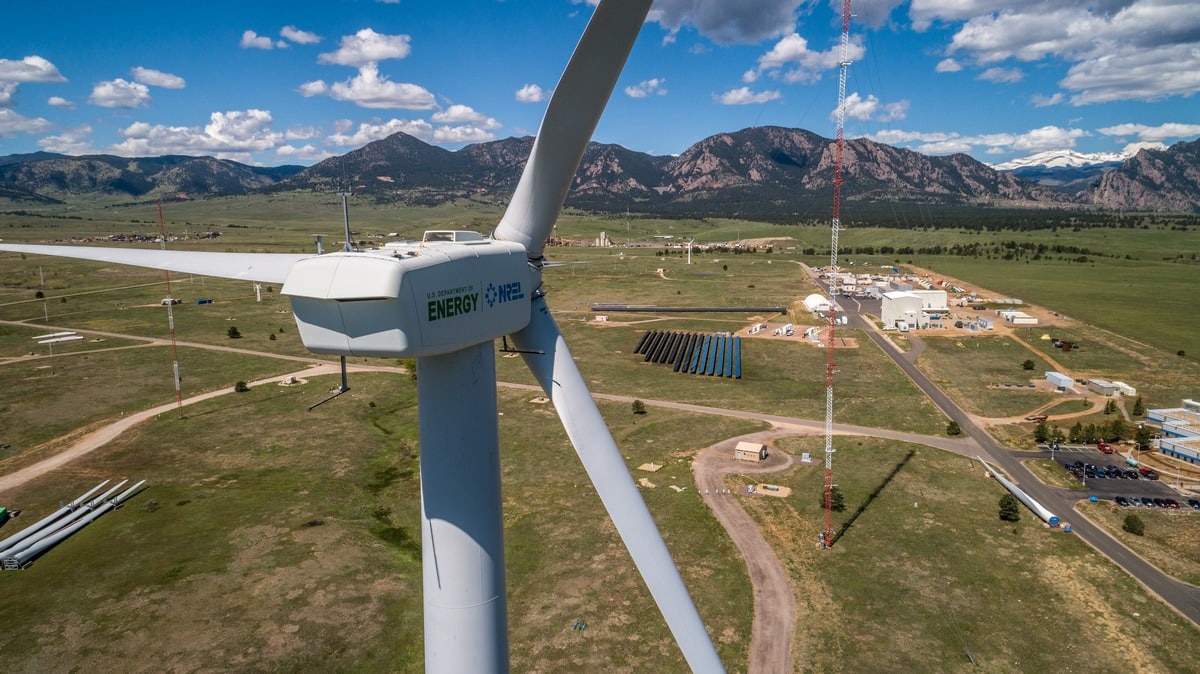
The facility will be located on over 600 acres not too far from Houston, Texas
ECL, a data center-as-a-service pioneer, recently announced that it would be opening the first 1 gigawatt hydrogen fuel-powered off-grid AI Factory data center, a facility it intends to open in Texas near Houston.
This will be the first fully sustainable 1 GW AI Factory data center
The company only recently unveiled the first ever off-grid, modular, sustainable, built-to-suit data centre in June. Now, it intends to build a 1 GW facility powered by hydrogen fuel, the ECL TerraSite-TX1.
The first tenant at the new H2-powered sustainable data center east of Houston will be Lambda. The TerraSite-TX1’s initial phase is expected to be complete by next summer and will come with a price tag of around $450 million. It will have a capacity of 50 megawatts for use by data center cloud and AI cloud operators.
The entire 1GW hydrogen fuel-powered facility will cost about $8 billion
Funding for the construction of the H2-powered sustainable facility will be provided by ECL itself as well as its financial partners.
“The data center technology committed to by ECL is truly transformative in the industry,” said Lambda vice president of data center infrastructure Ken Patchett. “We believe ECL’s technology could unlock a powerful and eco-conscious foundation for AI advancement. This new infrastructure could give researchers and developers essential computational resources while drastically reducing the environmental impact of AI operations.”
Taking steps forward in the face of data center industry challenges
ECL has set several goals that will require them to move straight through a number of critical challenges faced by the data center industry. The first step along this path was its launch of the ECL-MV1, which has now reached the full production phase.
It is now headed to create the first off-grid hydrogen fuel-powered modular data center in the world which will be operating 24/7 with minimal noise, zero carbon emissions, and a negative water footprint, which means that the community’s water supply will be replenished by its operations.
It also provides a 10 times energy efficiency increase with a 1.05 power usage effectiveness (PUE), and a 7 times improvement in data density per rack, which suits the high energy demands of artificial intelligence.







